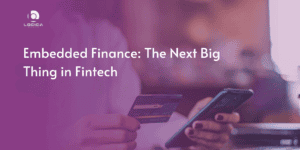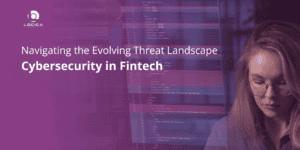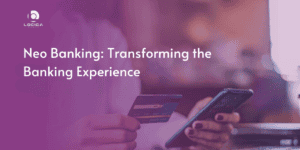Introduction to DeFi Platforms
The financial world is undergoing a profound transformation with the rise of Decentralized Finance (DeFi). This revolutionary movement is not merely a technological trend but a fundamental shift towards democratizing financial services, empowering individuals, and reimagining the very essence of money. In this comprehensive guide, we embark on a journey to understand the intricacies of DeFi platforms, exploring their impact, top players, challenges, and future prospects.
Understanding the DeFi Landscape
Traditional financial systems have long grappled with issues of accessibility, transparency, and efficiency. DeFi platforms emerge as a beacon of hope, harnessing the power of blockchain technology to create a more inclusive and transparent financial ecosystem. By eliminating intermediaries and relying on smart contracts, DeFi platforms offer a direct peer-to-peer experience, allowing users to transact and interact with financial services seamlessly.
Top DeFi Platforms in Action
Let’s delve deeper into the key innovations and contributions of each of these top DeFi players:
Uniswap (UNI): It is a decentralized exchange (DEX) protocol built on the Ethereum blockchain. It was launched in 2018 by Hayden Adams and has since become one of the most popular and widely used DeFi platforms. Uniswap introduced the concept of automated market makers (AMMs), which allow users to trade cryptocurrencies directly from their wallets without relying on traditional order books. Uniswap’s key innovation lies in its use of liquidity pools, where users contribute assets to provide liquidity, enabling decentralized trading with minimal slippage. Uniswap’s native governance token is UNI, which grants holders voting rights and control over the protocol’s future development.
MakerDAO (DAI): It is a decentralized autonomous organization (DAO) responsible for the creation and governance of the Dai stablecoin. Founded in 2014 by Rune Christensen, MakerDAO aims to provide a decentralized alternative to traditional banking services, particularly in regions with limited access to financial infrastructure. Dai is a decentralized stable coin pegged to the value of the US dollar and collateralized by a variety of crypto assets locked in smart contracts. Users can generate Dai by locking up collateral in MakerDAO’s system, which is managed by a decentralized network of MKR token holders. MKR is MakerDAO’s governance token, used for voting on proposals and managing risk within the system.
Compound Finance (COMP): It is a decentralized lending and borrowing protocol launched in 2018 by Robert Leshner and Geoff Hayes. It allows users to earn interest on their crypto assets by supplying them to liquidity pools or borrow assets by collateralizing their holdings. Compound’s interest rates are algorithmically determined based on supply and demand dynamics, ensuring efficient capital allocation and liquidity provision. The platform’s governance token, COMP, enables token holders to propose and vote on changes to the protocol, including adjustments to interest rates and collateral factors. Compound has played a significant role in the growth of DeFi by providing users with access to liquidity and interest-bearing opportunities in a permission less and transparent manner.
Impact on Traditional Finance
The disruptive potential of DeFi extends far beyond its technological prowess. By challenging the hegemony of traditional financial institutions, DeFi offers a myriad of advantages, including enhanced accessibility, lower transaction costs, and unparalleled transparency. Moreover, DeFi has the transformative power to bridge the gap between the unbanked population and mainstream financial services, particularly in underserved regions where traditional banking infrastructure is lacking.
Empowering Global Financial Inclusion
At its core, DeFi embodies the principles of financial inclusion and empowerment. By leveraging decentralized technologies, DeFi platforms can reach individuals who have long been excluded from traditional banking systems. From farmers in rural Africa to migrant workers in Southeast Asia, DeFi opens doors to financial services that were previously out of reach, thereby fostering economic growth, reducing poverty, and promoting financial literacy on a global scale.
Risks and Security Concerns
While the promise of DeFi is undeniable, it is not without its challenges. Smart contract vulnerabilities, market volatility, and the absence of widespread insurance coverage pose significant risks to investors and users alike. Moreover, the nascent nature of DeFi regulations adds another layer of complexity, necessitating continuous efforts to enhance security measures, conduct thorough audits, and educate users about potential risks.
Future Prospects and Challenges
Looking ahead, the future of DeFi is ripe with possibilities and challenges alike. Technological innovations such as augmented reality (AR) and non-fungible tokens (NFTs) hold the promise of unlocking new use cases and revenue streams within the DeFi ecosystem. However, regulatory uncertainty and scalability concerns loom large, highlighting the need for industry-wide collaboration and proactive engagement with policymakers to ensure the sustainable growth of DeFi platforms.
FAQ’S
What are the Risks of Investing in DeFi Platforms?
Investing in DeFi platforms carries risks, including vulnerabilities in smart contracts that could be exploited, market volatility leading to potential losses, and the threat of rug pulls where fraudulent projects steal investors’ funds.
How Do DeFi Platforms Ensure Security and Privacy of Users?
DeFi platforms prioritize security through regular audits of smart contracts by reputable firms, bug bounty programs to incentivize vulnerability discovery, and the transparency of blockchain technology, which allows users to verify transactions and track platform activity.
What Is the Difference Between Centralized Finance (CeFi) and Decentralized Finance (DeFi)?
CeFi relies on centralized intermediaries like banks for financial services, whereas DeFi operates on decentralized networks, enabling users to interact directly with protocols without intermediaries, thereby retaining control over their funds and data.
Conclusion
The rise of DeFi platforms signifies a paradigm shift in the financial industry. By embracing the potential of DeFi, we can work towards a more inclusive, transparent, and efficient financial future where individuals have greater control over their financial lives.
Staying Informed
The DeFi space is dynamic and rapidly evolving. Here are some resources to keep you updated:
- DeFi Pulse: https://defipulse.com/ (Track DeFi platform TVL and activity)
- CoinGecko: https://www.coingecko.com/ (Track cryptocurrency prices and market data)
- DeFi Education Resources: https://www.coindesk.com/tag/defi/
Remember, as we witness the transformation of the finance industry, let’s embrace the potential of DeFi platforms to shape a more accessible and equitable financial future for all.










